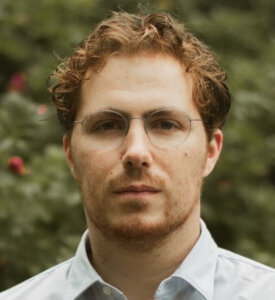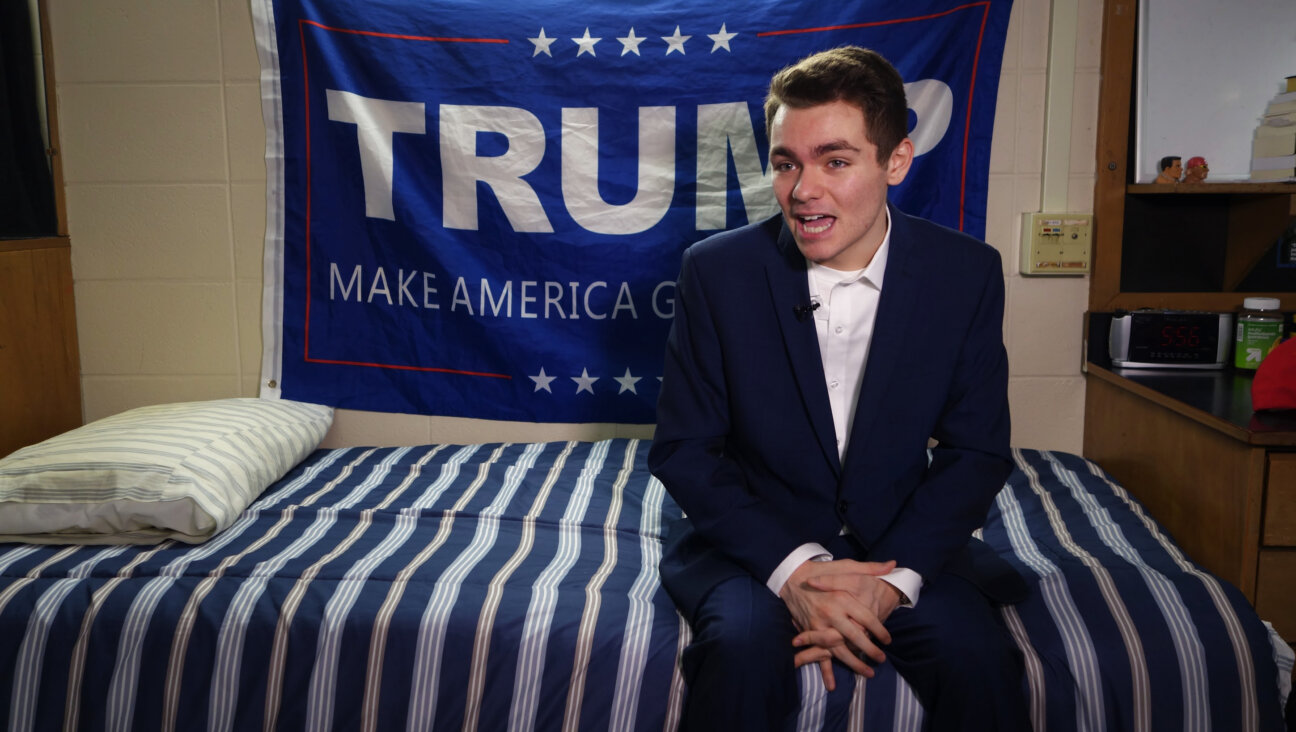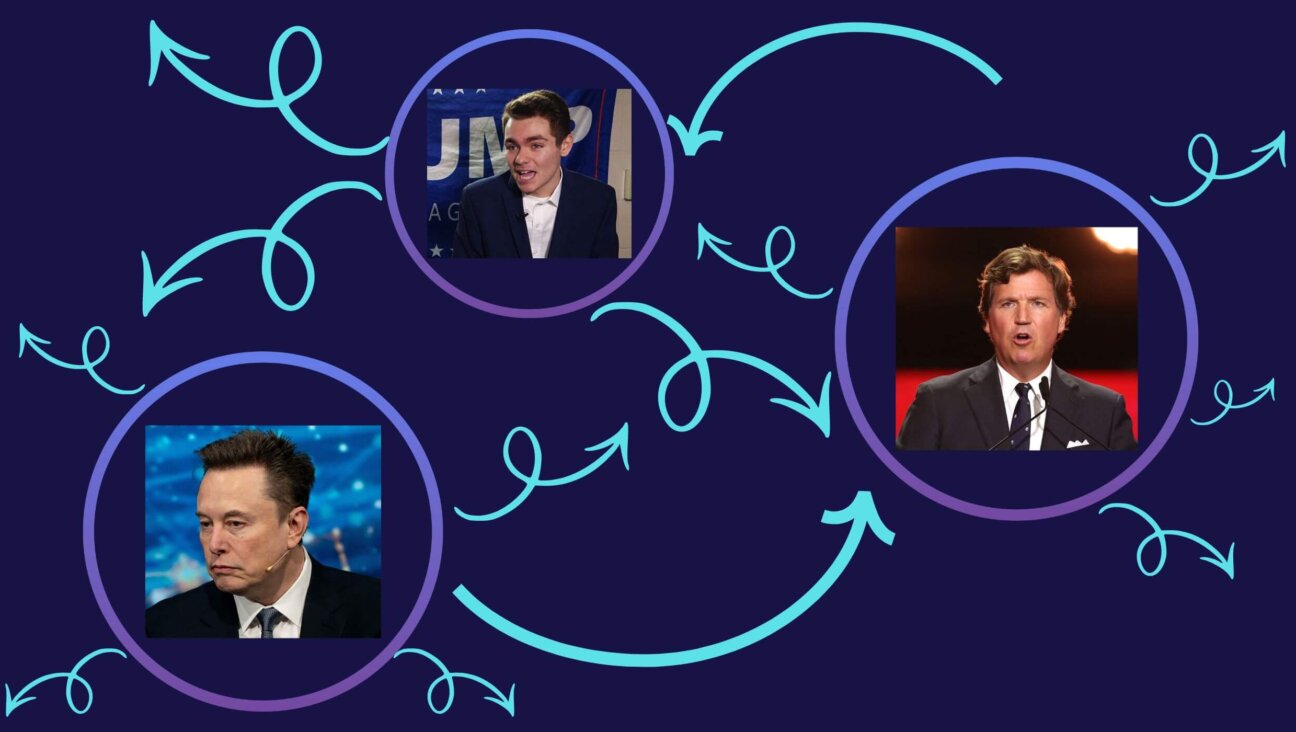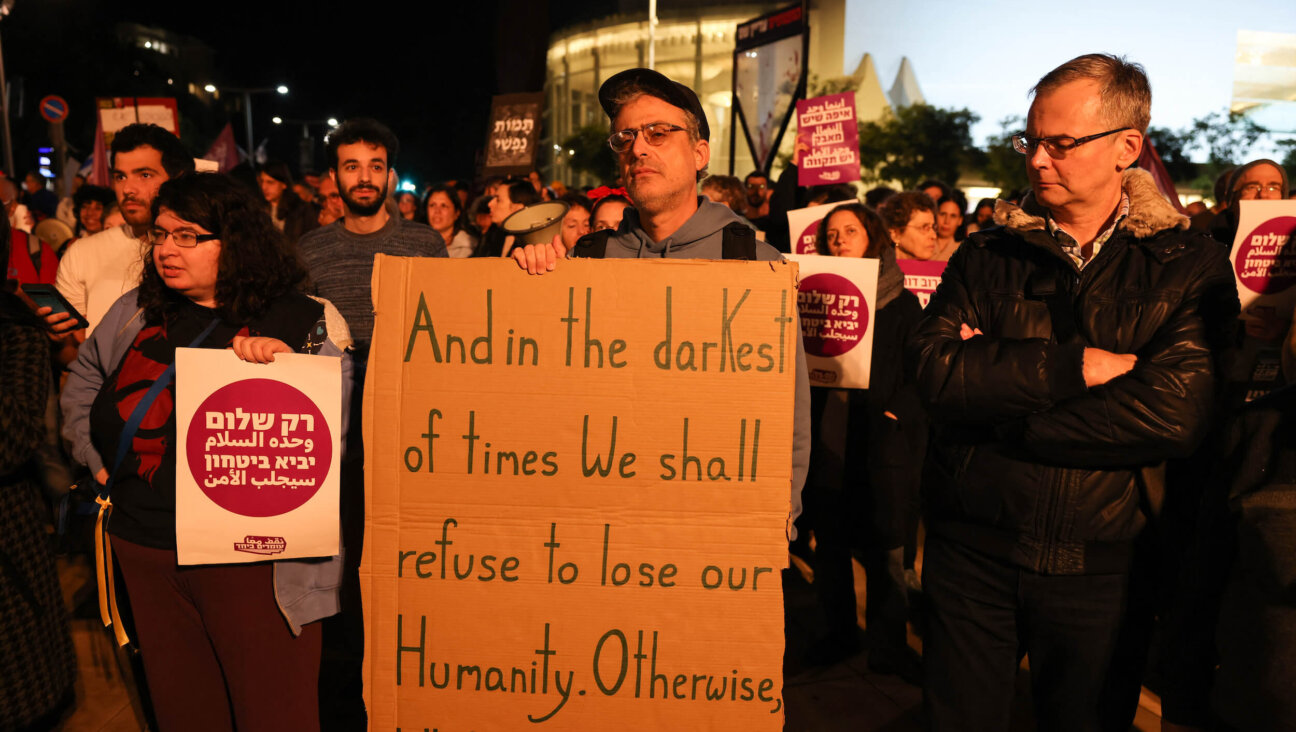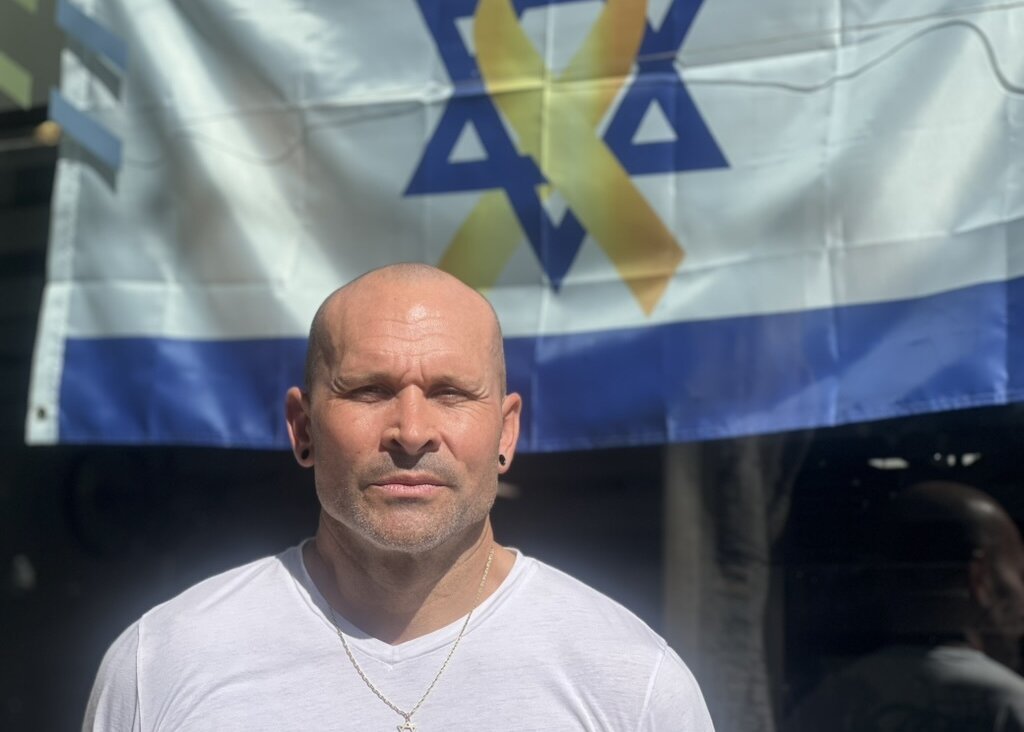Some blame Qatar and unions for K-12 antisemitism. Experts say that’s the wrong focus
A lack of knowledge and resources is the biggest issue and addressing that requires building strong relationships, say those who work on the issue

Students arrive for the first day of school at Deerwood Elementary on September 2 in Eagan, Minnesota. Photo by Stephen Maturen/Getty Images
While antisemitism at colleges and universities gets the most attention, discrimination against young Jewish students is also growing in pernicious ways that often have less to do with nuanced political debates over Israel than outright bullying, including Nazi salutes, jokes about Hamas killing Jews and memes in the online forums where many students socialize.
These incidents have prompted a growing interest in countering K-12 antisemitism — the Anti-Defamation League is ramping up pressure on districts and a new political action committee is seeking “pro-Jewish” school board candidates. But alongside these efforts has been a hunt for a boogeyman supposedly driving the problem.
The Foundation for Defense of Democracies, an influential neoconservative think tank, along with Republican lawmakers in Congress have sought to lay the blame on Qatar for “fueling anti-Jewish bigotry in K-12 schools” by, among other things, distributing for years a map of the Middle East to some schools that omitted Israel.
Teachers unions have also come under special scrutiny, especially after a contingent of National Education Association members unsuccessfully tried to cut the union’s ties with the ADL over the summer. Eric Fingerhut, chief executive of the Jewish Federations of North America, went on a self-described “rant against the NEA” from the stage of his organization’s annual conference this week in which he described the union as “invidious” and “one of the biggest, most serious problems that we have.”
This framing presents the plight of young Jewish students as an especially daunting front in the ongoing fight over how Israel is treated in American society; most concerns about both the NEA and Qatar are focused on growing hostility toward Israel.
But away from the conference’s main stage, experts working on the issue had a less conspiratorial outlook.
“It’s exciting to believe that if only we get rid of foreign funding we could solve this problem,” Hindy Poupko, a top lobbyist for the UJA-Federation of New York, said during a Tuesday panel on K-12 antisemitism. “It’s not true.”
Poupko added that some Jewish leaders were painting unions with too broad of a brush in describing them as anti-Israel. She credited the positive relationship Jewish organizations in New York City have with local unions, including the teachers union, for their success in blocking a ceasefire resolution at city council.
***
Rather than a sinister plot to seed classrooms with antisemitism or a political agenda about Israel, Poupko and the other experts suggested the problem was much more prosaic: Teachers have limited time and resources to learn about Jews, Israel and antisemitism.
David Bryfman, chief executive of the Jewish Education Project, said that many teachers simply Google to find information to teach about current events and are increasingly turning to ChatGPT — the artificial intelligence chatbot — to build lesson plans plagued by the flimsy sourcing and false information caused by the bot’s “hallucinations.”
One effective solution has been to provide classroom materials that teachers can easily integrate into their lessons. UJA-Federation distributed lesson plans pegged to Jewish American History Month to New York City schools along with posters of “Jewish heroes,” including authors Judy Blume and Emma Lazarus.
They’ve also promoted an interactive theatrical performance, featuring actors portraying Anne Frank and Martin Luther King Jr. who come to classrooms for a show that weaves together the writings of both figures.
The local Jewish federation in Toronto realized that the only lessons about Jews in many schools centered on the Holocaust, so they wrote materials about ancient Israel that could be worked into the block on “ancient civilizations” taught to every fourth grader, and distributed books about Hanukkah to teachers.
And Bryfman is working on a database of educational resources about Jews and Judaism that teachers can both access directly and that will be given to artificial intelligence models with the hope that, when teachers search online in the future, they’ll turn up more accurate information.
***
None of these are groundbreaking solutions, but I appreciated hearing about them because they provide an important reality check. If we imagine antisemitism to be the result of a malignant conspiracy — Qatar turning teachers into sleeper agents for Hamas, or the NEA seeking to indoctrinate kindergarteners against Israel — the challenge of addressing it can seem insurmountable in the absence of a magic bullet.
Certainly, hanging a poster of Ruth Bader Ginsburg in a middle school hallway isn’t going to solve antisemitism. But these kinds of practical interventions can help make Jewish students feel included at a time when many are feeling stigmatized and isolated.
Poupko said that, at least anecdotally, Jewish students had reported excitement at seeing their school hold an assembly block on Jewish heritage month for the first time, and data has found that Americans who personally know at least a few Jews are less likely to believe antisemitic stereotypes.
That’s the same logic behind a George Washington University project that offers a summer institute for faculty at schools of education at universities around the country, some of whom come in not knowing what the “Hebrew Bible” refers to, according to Ben Jacobs, the professor who runs the program.
And Be the Narrative, a group that trains Jewish students to present basic information about Judaism to their non-Jewish peers, found that 78% of teachers believed the presentations helped reduce antisemitism in their schools. (JFNA now runs Be the Narrative as Student to Student.)
One throughline in all of these strategies is that they’re focused on working in good faith with teachers and school administrators. This is much harder when organizations view them as enemies rather than potential partners.
“We can’t out mob the mob,” Poupko said. “Our special sauce is relationships with the people who are actually in positions of power.”
